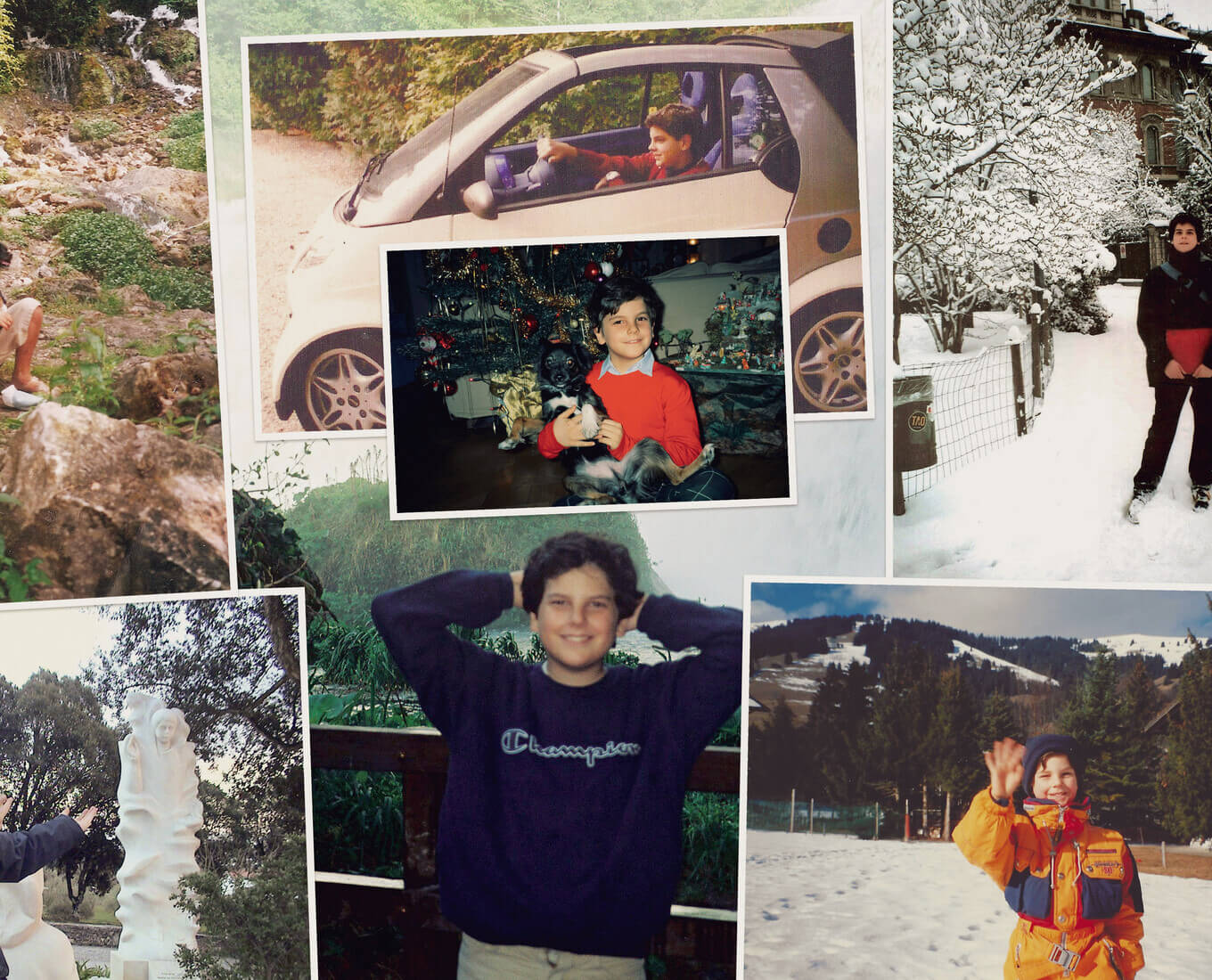In honor of Johann Sebastian Bach’s 325th birthday, James David Christie, world renowned organist and Holy Cross distinguished artist in residence, will perform a program of the composer’s works, including his famous Toccata and Fugue in D Minor, on March 21 at 3 p.m. in St. Joseph Memorial Chapel at Holy Cross. A reception will follow in Loyola Ballroom in Loyola Hall.
This year marks the 25th anniversary of the Taylor and Boody Organ, an award-winning 52-foot high, 10-ton instrument designed in the tradition of 16th and 17th century Dutch and north German organs. It was built in a two-year period by a team of craftsmen led by George K. Taylor and John Boody. On March 21, 1985, Christie performed the inaugural recital on the newly-dedicated Taylor and Boody Organ.
This year also marks Christie’s quarter century of service to the campus community as resident organist and teacher. He has been acclaimed as one of the finest organists of his generation. He was the first American to ever win a first prize at the Bruges (Belgium) International Organ Competition and was the first person in the history of the competition to ever win both the Prize of the Jury and the Prize of the Audience.
In addition to serving as organist for the Boston Symphony Orchestra, Christie has served on more international organ competition juries than any American organist. He has toured the United States, Canada, Europe, Asia and Australia giving concerts, master classes and seminars at major music festivals. He has recorded for 12 different labels and is heard regularly on radio broadcasts in the United States, Canada and Europe.
Here are some fun facts about the organ.
- Planning for the four manual, 52-stop mechanical action organ, which Christie calls “one of the wonders of the organ world of the late 20th century,” began in November 1979.
- Installation of the organ in St. Joseph Chapel began in the summer of 1984 and took nearly a year to finish.
- The organ case is 32 feet high, and stands in a rear gallery 20 feet above the main floor. Its unusual height is reminiscent of the instruments built by Hendrik Niehoff in the 16th century.
- As in 16th century organs, the pipes are made of hammered lead. They are foiled with tin and highlighted in gold leaf.
- The organ was built to include the best of developments in organ building since the Renaissance.
- The tuning or temperament of the organ comes from the Baroque period. Less rigid and in some senses less interesting than the strict mean tone tunings of the 16th and 17th centuries, this well-tempered system makes possible the performance of J.S. Bach’s music.
- While St. Joseph Chapel holds 1,000 people, about 2,000 people showed up for the March 21, 1985 performance. “The Worcester Dedicatory Recital” was broadcast live on National Public Radio.
- Since the installation of the organ, Holy Cross has offered a full-tuition undergraduate organ scholarship on a biennial basis. The recipient of the scholarship, who must major in music, study organ privately for four years and have a career goal in church music and/or organ performance, has the organ at their disposal.
Pictured: James David Christie, distinguished artist in residence at Holy Cross, stands before the Taylor and Boody Organ.
Related Information:
• Music department
February 17, 2010|nm
